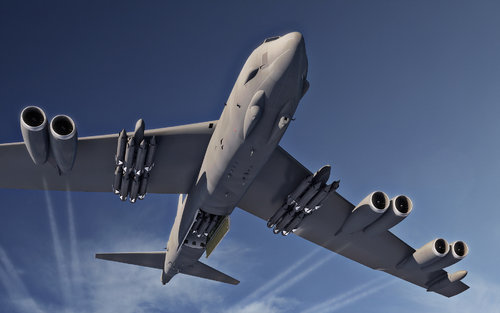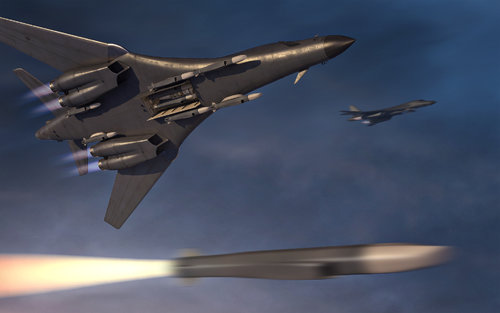- Joined
- 21 January 2015
- Messages
- 12,082
- Reaction score
- 16,195
Fed up with them doing that!!!Saddly behind a pay wall.U.S. Air Force Studies Rocket-based Hypersonic Flying Testbed Plan | Aviation Week Network
Combined-cycle testbed paves the way for Air Force’s longer-term hypersonic vehicle ambitions.aviationweek.com






![httpsboeingvirtual.eventsAFAASC2020-master.ts_snapshot_00.17_[2020.09.17_22.11.03].jpg](/data/attachments/177/177121-9d41348367febb9dd55c8904d6e95ea4.jpg)
![httpsboeingvirtual.eventsAFAASC2020-master.ts_snapshot_00.29_[2020.09.17_22.11.39].jpg](/data/attachments/177/177122-2c169fe7d9f579fc5931a63853cdcff9.jpg)
![httpsboeingvirtual.eventsAFAASC2020-master.ts_snapshot_00.35_[2020.09.17_22.11.59].jpg](/data/attachments/177/177123-940b6685c408139b794c5c01905ad4f5.jpg)
![httpsboeingvirtual.eventsAFAASC2020-master.ts_snapshot_00.35_[2020.09.17_22.12.25].jpg](/data/attachments/177/177124-62a7ec9afbb17d9e33ee6e508d2a3b92.jpg)






